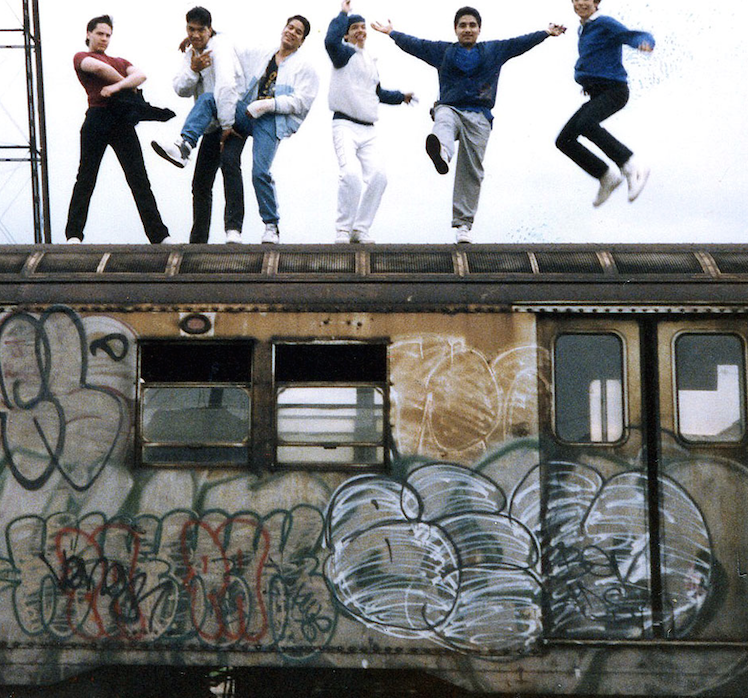Words by: Sha Be Allah
From The Source Magazine Issue #269 | 2016
From his origins as one of the most prominent bombers of New York City’s post-clean train era, to a decade-long run as one of graffiti’s most respected journalists, you can count on one hand how many writers have seen the evolution of the game like CHINO BYI.
Only a handful of writers have seen and experienced all phases of graffiti from its inception and have maintained their influence as well as artistic activity. One of these writers is none other than Dave Carrera a.k.a. CHINO of the Brooklyn Yard Innovators.
A pioneering artist of the street-bombing era, which succeeded the late 80s mandate in New York City known as “Operation Clean Trains,” CHINO became one of the major influencers of global graffiti culture. With his reign as ‘Graf Flix’ Editor at The Source Magazine from 1993-2005, CHINO was able to give graffiti artists an equally as important platform as other Hip Hop artists on an international scale.
Since his days here at the Hip Hop Bible, CHINO has morphed into one of the most reliable literary voices of graffiti culture, with his image driven Piece Book series an instructional manual for this generation’s aspiring writers. For this exclusive interview at his old stomping grounds, CHINO chops it up about the higher stakes in today’s graff game, how the tools of the trade have become commercial and his glory days at The Source.
What was it like when you began your tenure at The Source?
It was a different era. Hip Hop was a lot more accessible when I was a part of The Source. If we were going to listen to a Redman album, there was a good chance Redman was going to show up with a bag full of digital audio tapes, pop them in and just start freestyling. There weren’t so many layers between the artists and the journalists. Towards the end of my career at The Source, people were doing interviews via fax or email. Not to sound like that old guy, but I was very passionate about everything I put into the magazine. It was a good time for Hip Hop. It gave me a chance to salute an underserved
